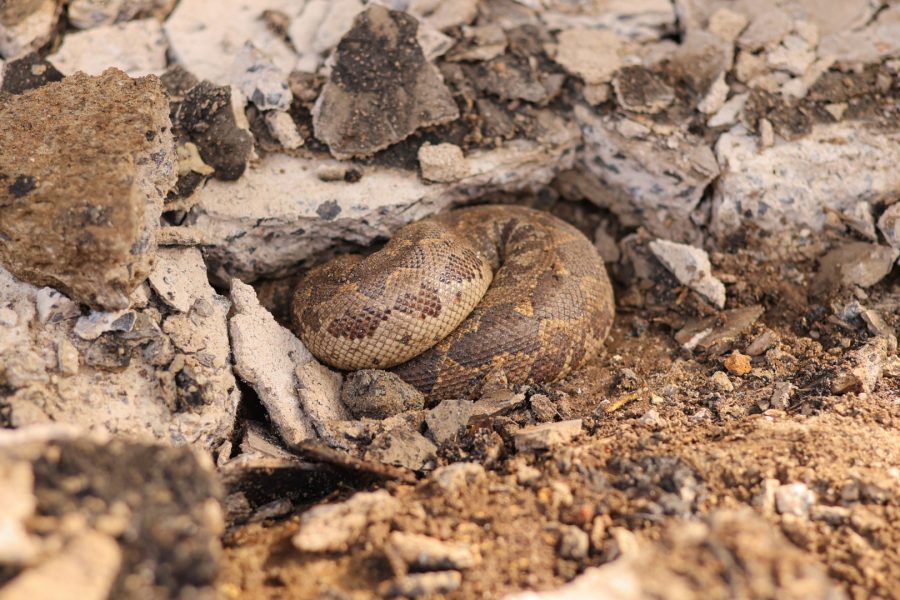By Jordan Schaul
Among the hundreds of sloth bears that have been rescued and now find safe haven at the WSOS-managed Agra Bear Rescue Facility outside Agra, India, we have some unique characters with some very interesting personalities. I have had the wonderful opportunity to work with all 8 species of bears in some captive capacity or another (e.g. for research, behavioral management, husbandry, etc.). Among all bear species, I find that sloth bears present with great expression and a whole lot of personality. They have quite distinct and readily apparent personalities.
As I’ve started to get to know some of the bears in Agra, through my independent tours of the facility, I took note of some particularly interesting bears. Some of their personalities are most easily revealed through their relations with other bears in their enclosures. Sometimes too, they are uncomfortable with strangers visiting, expressing only disdain and vocalizing their discomfort. At other times they go to great lengths to let you know you are disturbing them. Typically a bear at the center will charge or if already standing by and behind the perimeter fence, lunge upward on two feet, spitting and hissing or huffing with great agitation. If you have never inadvertently provoked a sloth bear, this sudden posturing can surprise the daylights out of you. Not all bears find the the approach of visitors so unsettling. Some in fact, embrace the attention, some ignore the attention. The behavior of the bears, just like people can be diverse just as it is in humans. I will point out, however, that it is very rare anywhere in the world to find such a large population of bears of any one species or multiple species and so the opportunities to realize the spectrum of personalities among individuals are few and far between. The Agra Bear Rescue Facility holds the largest population of sloth bears in the world—numbers that far excede the densities found any where in the wild or anywhere else in captivity.
Two bears that are particularly noteworthy, are Amar and Akbar. These large male bears arrived together with Anthony bear from a Kalandar settlement in Haryana a decade ago in 2003. We don’t even know if they are related as they may have been the product of a single poaching incident, in which their mother may have been killed. It is also possible that they were the unfortunate result of independent poaching incidents. Regardless, we think they may have been together before they were rescued as they seemed quite bonded and familiar with one and other. According to Vinay, our Communication Specialist based in Agra, these bears had been forced to dance for approximately 10 years before they were rescued by WSOS. He said that when they arrived and eventually were introduced to their current enclosure they seemed to acclimatize to the environment and each other quite readily. Vinay said that all three would sleep together, dig day beds together, and forage for ants and termites together. In summary they eat, sleep, and play together. Their keeper Ganshyam reported that they would all sleep on the hammocks we made for them during the night time.
I learned that this happy threesome, I refer to as “Triple A” were close companions. Staff biologists and veterinarians, I’m told, tried to introduce females to Triple A, but introductions were not deemed successful.
When I met Amar and Akbar, they were both wandering out of their night quarters into their enclosure. I don’t think they initially saw me, but they may have smelled me and were walking toward my general direction toward the perimeter of their enclosure. Amar lead the way and eventually sat right down in front of me. I could tell that Akbar was a bit aloof, but I couldn’t sense his uneasiness. He never really approached me and I was paying too much attention to behavior as I was trying to get some photos unobstructed by the fencing. And then out of nowhere Akbar came charging at me, vocalizing and ultimately standing on his two feet, obviously unhappy with me. I learned later that Akbar is not a people person and he is particularly agitated by people nearing him or staring at him. He is particularly provoked by cameras. I obviously pushed all of his buttons by mistake.
What was most fascinating to me was the response of Amar to Akbar’s reaction. He immediately walked over to Akbar and nuzzled him, in a way that seemed to satiate the upset bear. It was as though Amar was either disturbed by his companion’s reaction or he was trying to let him know that I was not a threat. I never heard or saw Amar vocalize or assume an aggressive posture. He was the consummate diplomat and he made me feel at ease as much as his companion. These episodes of mediation as I think of them, were touching and so telling of the emotional intelligence of bears, so misunderstood and perhaps erroneously portrayed in the media all over the world.
From sloth bears to grizzly bears, I find that the reputation of these large carnivores warrants revision and not just for the benefit of individual animals, but for the conservation of bear species worldwide.
Unfortunately we lost Anthony last year due to cancer. After spending 7 years of relative freedom Anthony succumbed to the terminal disease. I wish I could have seen all three of these bears interact together. According to Vinay, the absence of Anthony clearly affected Amar and Akbar. For days after his passing, they stopped having food and had to be fed force by the keeper. Vinay went on to say that after Anthony’s death the bond between Amar and Akmar became much stronger. They do everything together and can hardly be found far from each other. As Vinay has said, “It’s amazing to see the bond between these animals and their forgiving nature after having gone through so much together.”





